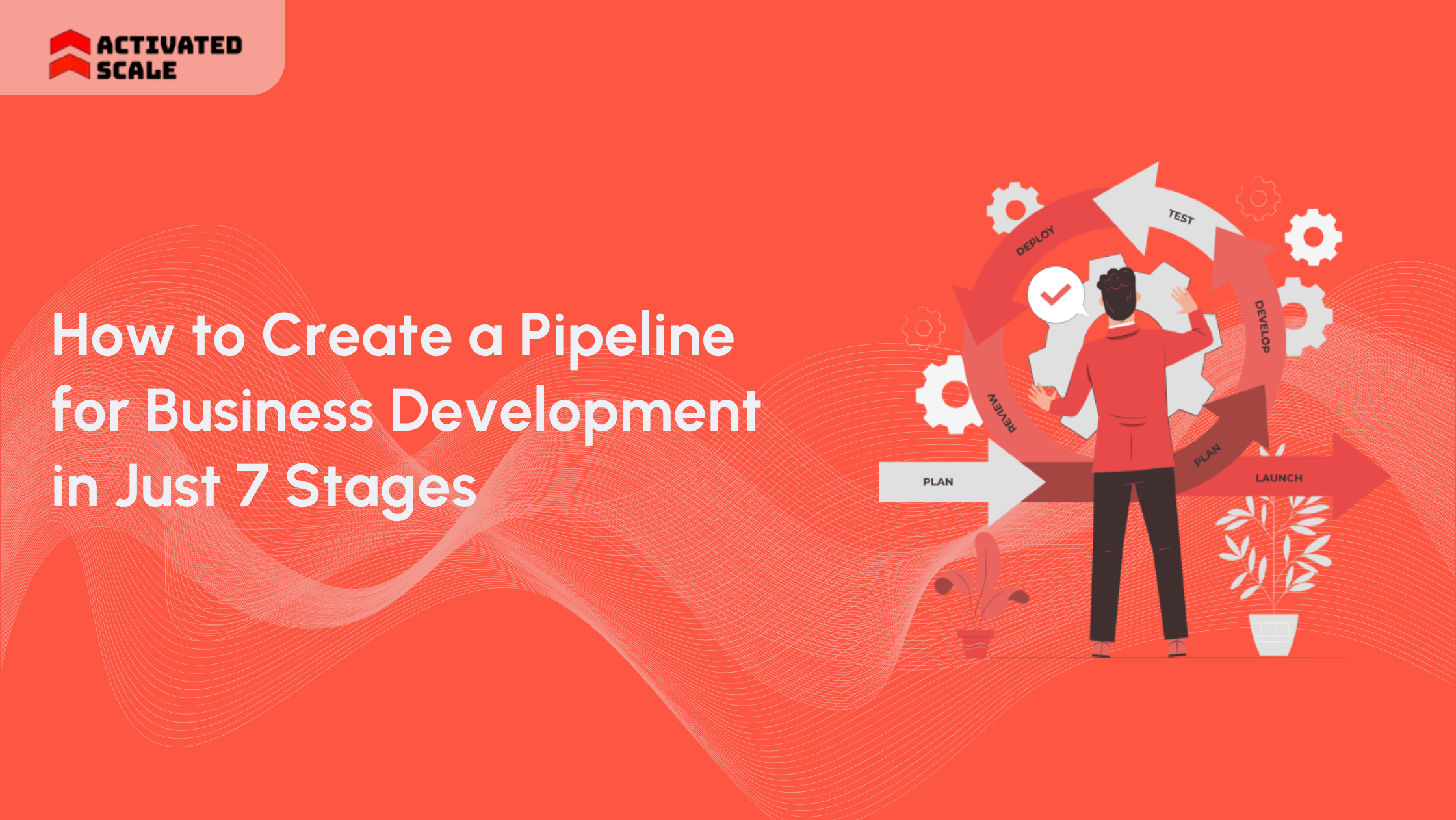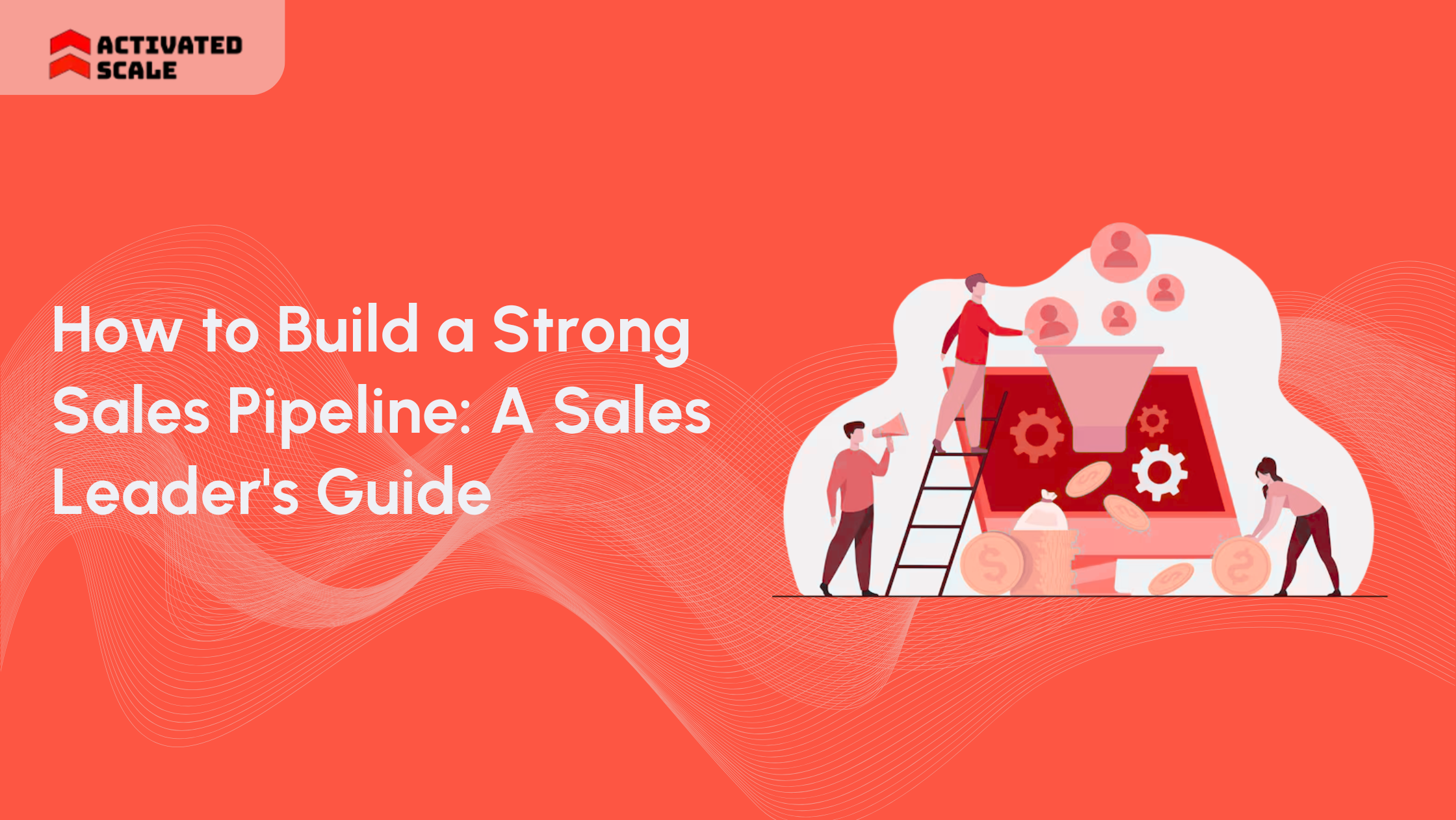Sales teams often fail to hit quota even after structured onboarding. The issue isn't always talent; it's support. Enterprise leaders invest heavily in development, yet many overlook how short-term training differs from long-term enablement. This confusion costs time, budget, and pipeline efficiency.
Did you know that only 49% of sales reps regularly miss their quota? You can change that if you know what to invest in.
In this blog, you'll get a clear breakdown of sales training vs sales enablement. You'll understand how each works, where they intersect, and why choosing the right one matters at scale.
Sales Training vs Sales Enablement: Overview
What is Sales Training?
Most sales teams start with training, which introduces reps to the product, sales process, and buyer psychology. But structured training goes beyond onboarding and builds skills like discovery, objection handling, negotiation, and closing.
In 2024, businesses spent less on training each employee, averaging $774 per person, down from $954 in 2023. Sessions may happen live, through LMS platforms, peer group meetings, course certificates, or one-on-one coaching.
Now, let’s look at where sales enablement vs sales training truly differ. Training is usually time-bound. It focuses on improving rep behavior, not the systems around them.
What is Sales Enablement?
Good training creates capable reps. But capable reps still fail without the right tools, content, and support.
That’s where strategic enablement steps in. It equips your team with what they need, including battle cards, CRMs, buyer personas, deal insights, and pitch decks.
Also Read: Creating a Buyer-Centric Sales Journey Process
Sales Enablement vs Sales Training: 4 Key Differences

You’ve built a strong sales team, but performance gaps still surface. That’s where strategy makes a difference. Many leaders confuse enablement with training. But they serve different business needs.
When evaluating sales enablement vs sales training, you need to consider how each fits into your growth strategy, headcount maturity, and deal complexity.
Here’s a closer look at four critical differences:
1. Training Is Time-Bound. Enablement Is Continuous.
Sales training is typically short-term. It’s delivered during onboarding, product rollouts, or when skill gaps appear. You might run a quarterly workshop or hire an external coach.
Nearly half of the account executives (47%) leave the job due to poor training. That’s where sales enablement works. It works behind the scenes to refine content, track performance, update sales playbooks, and keep your reps aligned with buyer expectations.
2. Onboarding vs Lifecycle Support
Training plays a key role in onboarding. It helps new hires understand your ICP, product, and pitch. But once onboarding ends, most reps are left to figure things out.
Enablement supports reps throughout their lifecycle. It improves deal coaching, sales content delivery, and pipeline conversion. Your team gets help before, during, and after every call, not just at kickoff.
3. Training Focuses on Skills. Enablement Builds Strategy.
Sales training sharpens individual skills. Reps learn how to handle objections, deliver demos, and close deals. But that doesn’t guarantee repeatable success across your team.
Sales enablement builds infrastructure. It connects your CRM, sales content, and performance data. It also aligns the GTM strategy across marketing and sales. Reps don’t just learn, they apply what works in every stage of the buyer journey.
4. Enablement Integrates Tech, Content, and Coaching
Training usually relies on live sessions, slide decks, or LMS content. Once delivered, it’s hard to measure long-term impact.
Enablement integrates directly into the sales stack. It uses AI tools, content libraries, and guided workflows inside your CRM. This helps reps find the right materials and messaging, without slowing down the deal.
When you compare sales enablement vs sales training, you’re really comparing scalability vs one-time fixes. Both matter, but they serve different goals.
Training without enablement won’t scale. Enablement without skilled reps won’t perform. Activated Scale’s contract-to-hire model helps you test top sales talent before committing. Build a high-performing team that grows with your revenue goals.
Where Sales Training and Enablement Overlap
You’re likely investing in both, but they don’t live in silos. Training and enablement work best when aligned. At their core, both aim to improve sales performance. The difference lies in scope, duration, and ownership. But it’s just as important to understand how they work together when comparing sales enablement vs sales training.
Let’s explore where they overlap and who’s responsible for making them succeed:
1. Same Goal: Drive Revenue
Both training and enablement support one goal: closing more deals. Training improves rep performance through knowledge and skill-building. Enablement supports execution by removing friction and creating consistency.
Neither works alone. If your reps are trained but lack the right content or tools, they fail. If your systems are in place but reps aren’t confident, deals stall. Together, they help sellers perform under pressure, adapt to change, and win consistently.
2. Shared Stakeholders: Sales, RevOps, and HR
Sales leaders often lead training, and RevOps often owns enablement. However, both functions touch multiple teams and require collaboration to work.
- Sales Managers guide, coach, and monitor performance metrics.
- HR or L&D helps design structured training programs.
- Enablement Leaders build the content systems and workflows that reps use.
- Marketing Teams provide messaging, case studies, and pitch decks.
- RevOps integrates tools, automates reporting, and tracks effectiveness.
If one stakeholder operates in a vacuum, both training and enablement suffer. Coordination is key. Most importantly, organizations have seen a 38% higher win rate when all their departments are aligned with the sales strategy.
3. Need for Measurement
Both training and enablement require KPIs. You can’t improve what you can’t track.
For training, you’ll track participation, win rates by playbook, customer satisfaction, sales velocity, completion rates, and post-training assessments. For enablement, you’ll monitor usage of sales content, sales productivity, number of sent emails, new technology adoption rate, and CRM adoption.
The overlap lies in performance outcomes. Did sales pipeline velocity improve? Are reps qualifying better? Are ramp times decreasing?
That’s where sales enablement and sales training share a strategic purpose: driving measurable business outcomes, not just delivering sessions or uploading PDFs.
4. Foundation for Scalable Growth
High-growth companies invest in enablement and training as complementary levers.
Training gets reps ready. Enablement keeps them productive. Together, they reduce churn, shorten ramp times, and improve rep confidence.
You can’t scale with just one. If you train hard but lack enablement, reps lose momentum. If you build great systems but skip skill-building, your tools won’t be used.
Both efforts feed your revenue engine and help new hires succeed faster.
Read More: Sales & Revenue Operations with Fractional RevOps Leadership
Benefits and Challenges of Sales Training
When comparing sales enablement and sales training, it's important to understand what training offers and where it falls short.
When evaluating sales enablement vs sales training, use training as your foundation, but not your only tool. Without systems to support what’s learned, training won’t scale with your sales goals.
Activated Scale’s fractional sales leadership gives you senior experts who design training, track results, and coach your team, without the full-time cost.
Benefits and Challenges of Sales Enablement
Sales enablement helps your team sell smarter, not just harder. It gives them the tools, content, and systems to win consistently. While training builds skill, enablement sustains performance across the funnel.
To compare sales enablement vs. sales training, understand how enablement improves team execution and where it gets complicated.
Also Read: Sales Development Programs in the United States
Which One Is Right for You: Sales Training or Sales Enablement?
The answer depends on your team’s maturity and what’s slowing revenue right now. You might be hiring aggressively and need reps to ramp fast. Or maybe your team is already in motion, but deals are stalling mid-funnel.
- Before comparing sales enablement vs sales training, take stock of your needs. Sales training works well when your team is new, inexperienced, or lacks consistency in core selling skills.
If your sellers need help with discovery, pitching, or managing objections, training should be your first step.
- Sales enablement, on the other hand, is ideal when your team already has experience but struggles with consistency. If reps are skipping CRM updates, losing time finding assets, or giving disjointed pitches, enablement helps. It connects people, process, and tech in a way that training can’t do alone.
In truth, you often need both, but not always at the same time. Some companies start with training to get reps selling. Others build enablement systems first, then layer training to drive behavior change. Your decision should come down to where the biggest gap lies: is it skills or systems?
If you’re not sure where to begin, a fractional sales leader can help you assess both. At Activated Scale, we build end-to-end sales engines that blend training and enablement. You get results without wasting time or budget.
Conclusion
You don’t need more theories. You need outcomes. If your reps aren't converting, don’t guess; pinpoint what’s missing. Are they skills? Go with targeted sales training. Is it process, content, or tools? Then sales enablement will drive better results. Don’t force a full revamp if a precise fix will do.
The best revenue teams know when to teach and when to equip. When done right, both work together.
The real debate around sales enablement vs sales training isn’t about which one is better. It’s about which one your team needs right now. And that decision comes down to where you’re losing deals or missing targets.
Looking to strengthen your team with flexible sales talent who can start strong? Book a demo call with Activated Scale to explore our sales solutions. Build a team that sells and scales faster.
The Ultimate Guide to Hiring a Salesperson!
Get the step-by-step guide to hiring, onboarding, and ensuring success!
_edi.png)




